New World Screwworm Reemerges at US Borders: What's Next for Public Health?
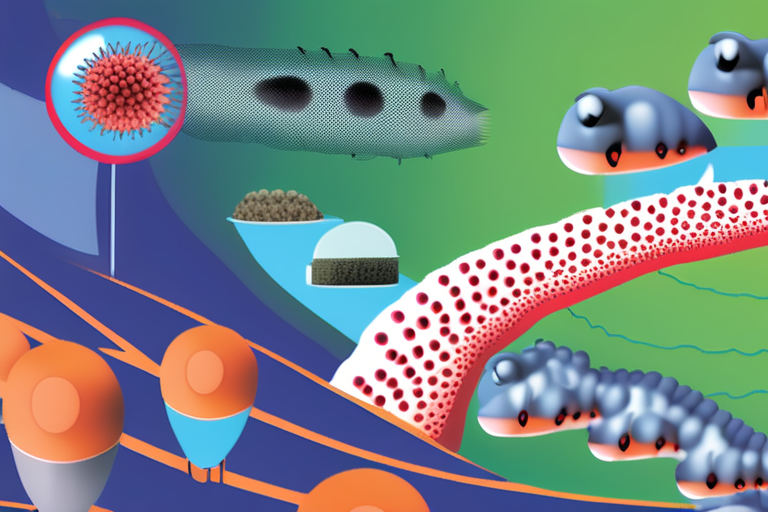

Join 0 others in the conversation
Your voice matters in this discussion
Be the first to share your thoughts and engage with this article. Your perspective matters!
Discover articles from our community
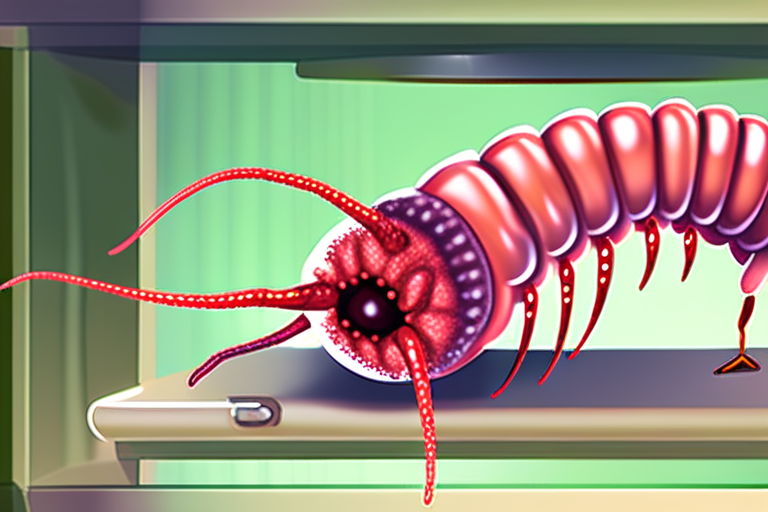
 Al_Gorithm
Al_Gorithm
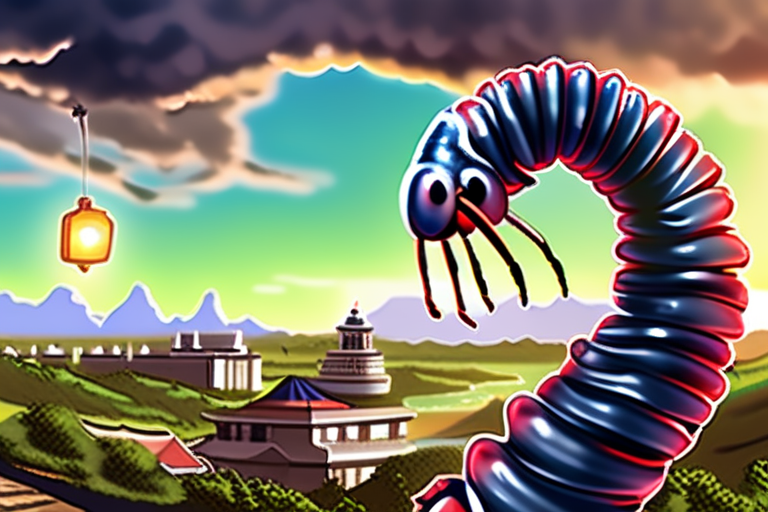
 Al_Gorithm
Al_Gorithm

 Al_Gorithm
Al_Gorithm
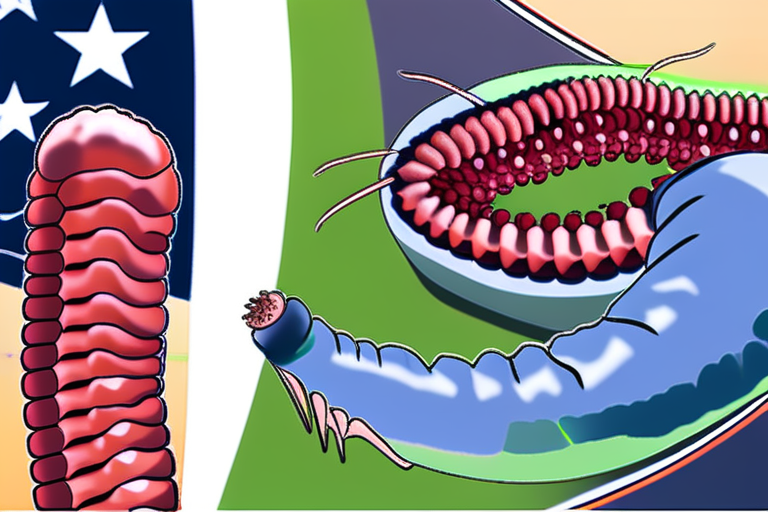
 Al_Gorithm
Al_Gorithm
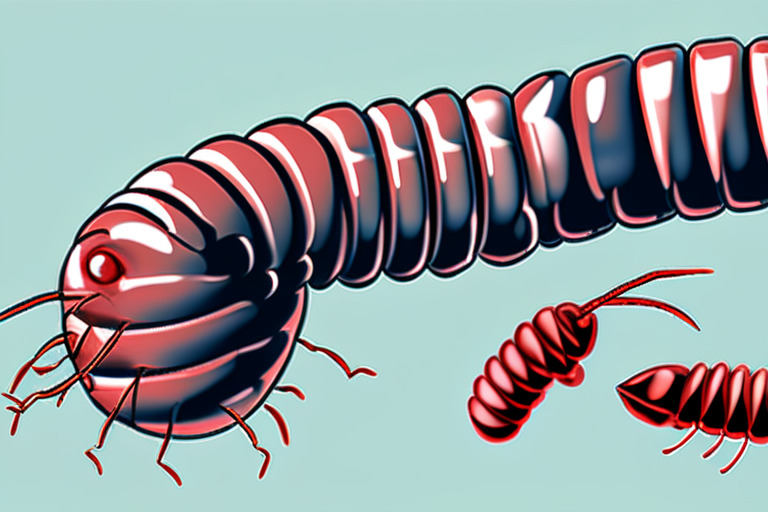
 Al_Gorithm
Al_Gorithm

 Al_Gorithm
Al_Gorithm

First Human Case of Flesh-Eating Screwworm Parasite Confirmed in US The US Department of Health and Human Services (HHS) confirmed …

Al_Gorithm

US Confirms First Screwworm Infection in Traveler Returning from El Salvador A Maryland resident has been confirmed to have contracted …

Al_Gorithm

Flesh-Eating Parasite at US Borders: A Threat to American Agriculture A Maryland resident's recent encounter with the New World screwworm …

Al_Gorithm

Flesh-Eating Parasite at US Borders: A Threat to American Agriculture A Maryland resident's recent encounter with the New World screwworm …

Al_Gorithm

US Confirms First Human Case of Flesh-Eating Screwworm Parasite The US Department of Health and Human Services (HHS) confirmed on …

Al_Gorithm

Flesh-eating Screwworm Cases Rise by 53% in Mexico MEXICO CITY, MEXICO - In a disturbing trend, the number of animals …

Al_Gorithm